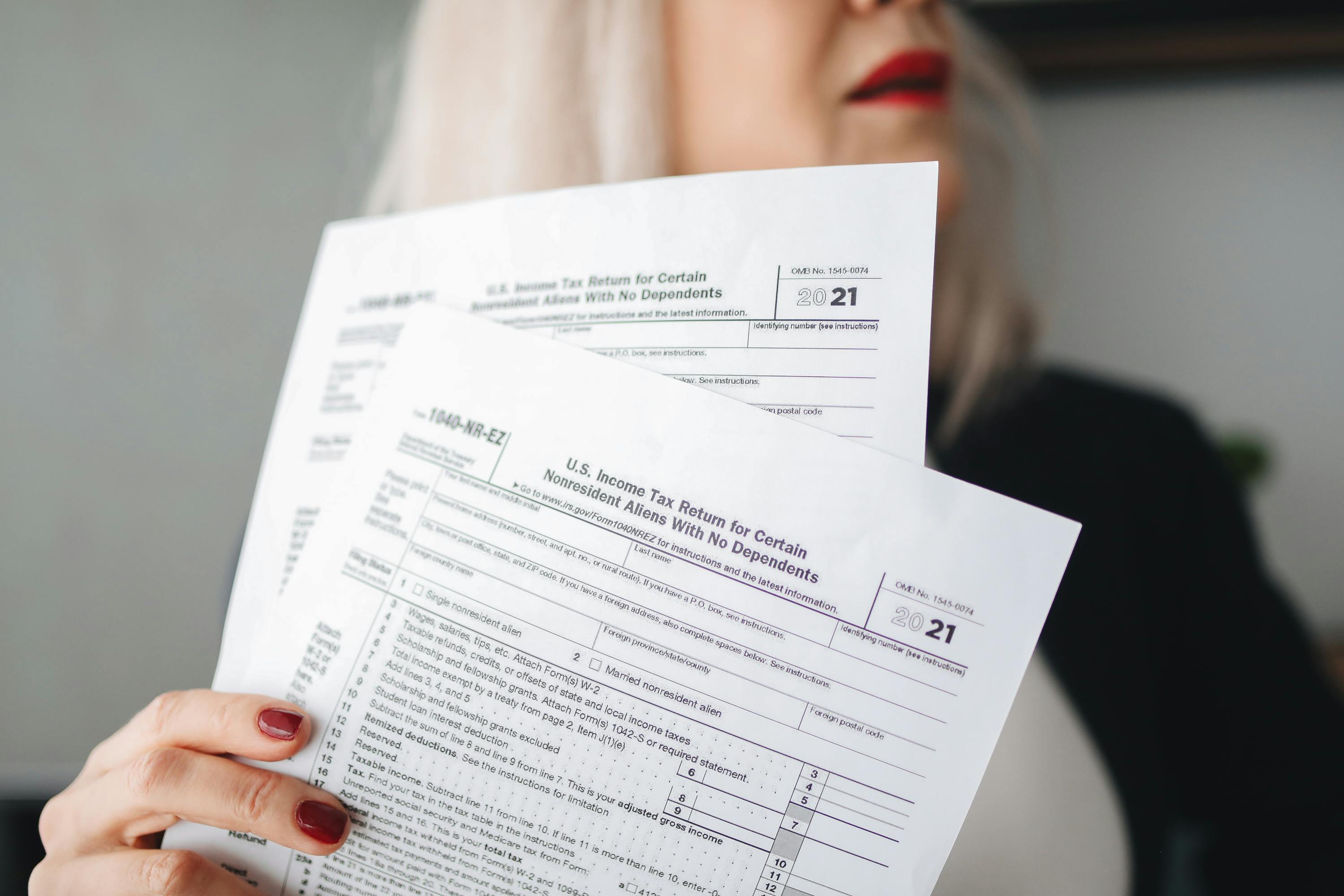Key Takeaways
- You can request fraud monitoring or a credit freeze on someone’s behalf if you have legal authority (executor, administrator, or Power of Attorney).
- Credit bureaus require proof of identity and proof of authority, such as court papers or notarized letters.
- For a deceased person, provide a certified death certificate and Letters Testamentary.
- For a living person, provide a signed authorization or Power of Attorney.
- Always contact all three credit bureaus (Equifax, Experian, TransUnion) and keep copies of your submissions.
{{blog-cta-checklist-small}}
Fraud and identity theft don’t stop after someone passes away. In fact, they often increase. Credit files can stay open for months, creating opportunities for bad actors to open new accounts or file false tax returns.
Setting up fraud monitoring, a credit freeze, or a fraud alert on behalf of someone is one of the simplest ways to keep their identity safe. This is true whether they’re living and you hold Power of Attorney, or they’re deceased and you’re the executor.
If you have authority to act, here’s how this process can be approached with care, accuracy, and confidence.
Step 1: Gather What You’ll Need
Before you contact the credit bureaus, collect:
- For a deceased person:
- Certified copy of the death certificate
- Letters Testamentary or Administration (executor/administrator appointment)
- Your photo ID
- Decedent’s full name, SSN, date of birth, date of death, and last address
- For a living person:
- Signed Power of Attorney (POA) or written authorization
- Your photo ID and proof of relationship
- The person’s identifying details (name, SSN, date of birth, current address)
Keep digital and paper copies of everything, you’ll need them for each bureau.
Step 2: Choose What Type of Protection You Want
You can request any or all of the following:
- Fraud monitoring: alerts you (or the representative) to suspicious activity.
- Fraud alert: flags the credit file so lenders must verify identity before issuing credit.
- Credit freeze: completely locks the credit file, blocking all new accounts until unfrozen.
For decedents, experts recommend requesting both a fraud alert and a freeze to ensure full protection.
Step 3: Contact the Credit Bureaus
Each bureau processes estate and authorized-representative requests separately. Contact them by certified mail or secure upload.
Equifax
Equifax Information Services LLC
P.O. Box 105139
Atlanta, GA 30348
Experian
P.O. Box 4500
Allen, TX 75013
TransUnion
P.O. Box 2000
Chester, PA 19016
When you contact them, include your cover letter, all required documents, and the specific request (fraud alert, monitoring, or credit freeze).
Tip: Always send copies, not originals. Use certified mail with a return receipt for proof of delivery.
Step 4: Save Confirmations and Monitor Progress
The bureaus may take several days or weeks to process your request. Keep all:
- Confirmation numbers
- Reference letters or emails
- Screenshots from online portals
- Copies of what you submitted
If you’re acting through an organization (such as an estate service), include an authorization letter on official letterhead and note the executor’s approval in your packet.
Final Thoughts
Protecting someone’s identity, especially after they pass, is one of the most thoughtful steps you can take. It shields their financial record, prevents fraud, and keeps their estate secure while you handle other responsibilities.
At Elayne, we know that each step after loss carries both emotional weight and practical urgency. Our tools and guides are designed to help you manage these details with confidence, care, and peace of mind.
{{blog-cta-checklist-large}}
FAQs
1. Can I set up fraud monitoring for someone else?
If you’re their executor, administrator, or have Power of Attorney, you can request monitoring, alerts, or freezes.
2. What proof do the credit bureaus need?
A death certificate (for decedents) or Power of Attorney/authorization (for living persons), plus your photo ID and court paperwork if applicable.
3. Do I need to contact all three credit bureaus?
Yes. Each bureau manages its own records, so notify Equifax, Experian, and TransUnion separately.
4. Should I freeze credit or just add a fraud alert?
For deceased persons, do both. A freeze blocks all new accounts; a fraud alert ensures any attempts are verified.
5. How long does it take?
Processing usually takes 7–21 days once the bureaus receive your documents.
*Disclaimer: This article is for informational purposes only and does not provide legal, medical, financial, or tax advice. Please consult with a licensed professional to address your specific situation.


















































